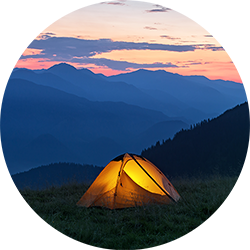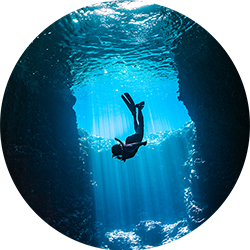Festivals in Ladakh
Hemis Festival, Losar Festival, Sindhu Darshan, Phyang Tsedup Festival, Dosmoche Festival, Saka Dawa Festival, Tak Tok Festival, Matho Nagrang Festival, Ladakh Festival and many more.
Ladakh is a region blessed abundantly with the most scenic vistas of the rolling hills, barren landscape and colourful Buddhist prayer flags fluttering along the roadside, therefore offering the best festivals of Ladakh. The region experiences the best climate of cold winters with snow all around forming a picturesque white desert and a pristine summer making it ideal to roam about freely in warmer temperatures to even get a view of the beautiful Buddhist region and Indus Valley from high up in the passes. If you’re planning a Leh Ladakh tour, this is the perfect opportunity to explore its natural and cultural wonders. Also known as ‘Mini Tibet’, Ladakh is an abode for the Buddhist culture and way of life in India and has a number of monasteries to testify to this. Experience the essence of Ladakh on your Leh Ladakh trip for an unforgettable journey.
A distinct tradition of these monastic festivals are the oracles who are young monks or local people chosen to live a while in solitude and deep meditation after which they are possessed by the spirit of the Gods. The Ladakhi people firmly believe in their power of predictions against any natural calamity or event to take place in the near future. With dance performances by the priests and even local people, a lot of sports event also takes place during this time. Sports like Archery and Polo are organised for the men and they participate in it with great zeal and fervour to win the cup. The women take part in dancing and traditional folklore songs to keep the event lively and entertaining, dressed in vibrant colours and heavy silver jewellery.
These festivals take place according to the Tibetan Calendar and are a great way to understand the culture of Buddhism in India. So when you plan your visit to Ladakh make sure to attend the famous festivities of the monastic culture as they are a great learning ground and will give you an enriching experience of a different way of life in India. We have listed below the best festivals in Ladakh that will give you a better insight into this awe-inspiring and deep Buddhist culture.







